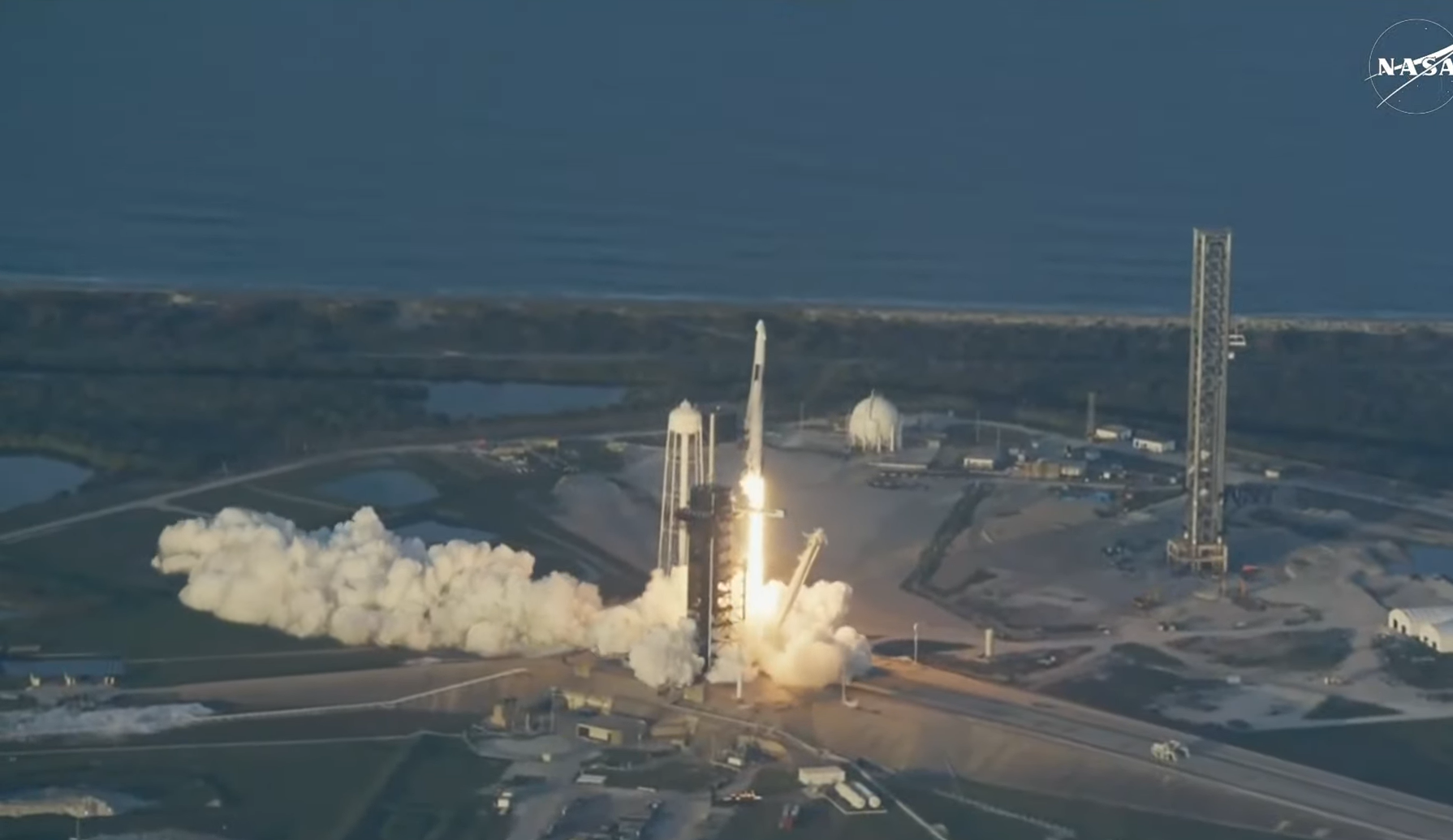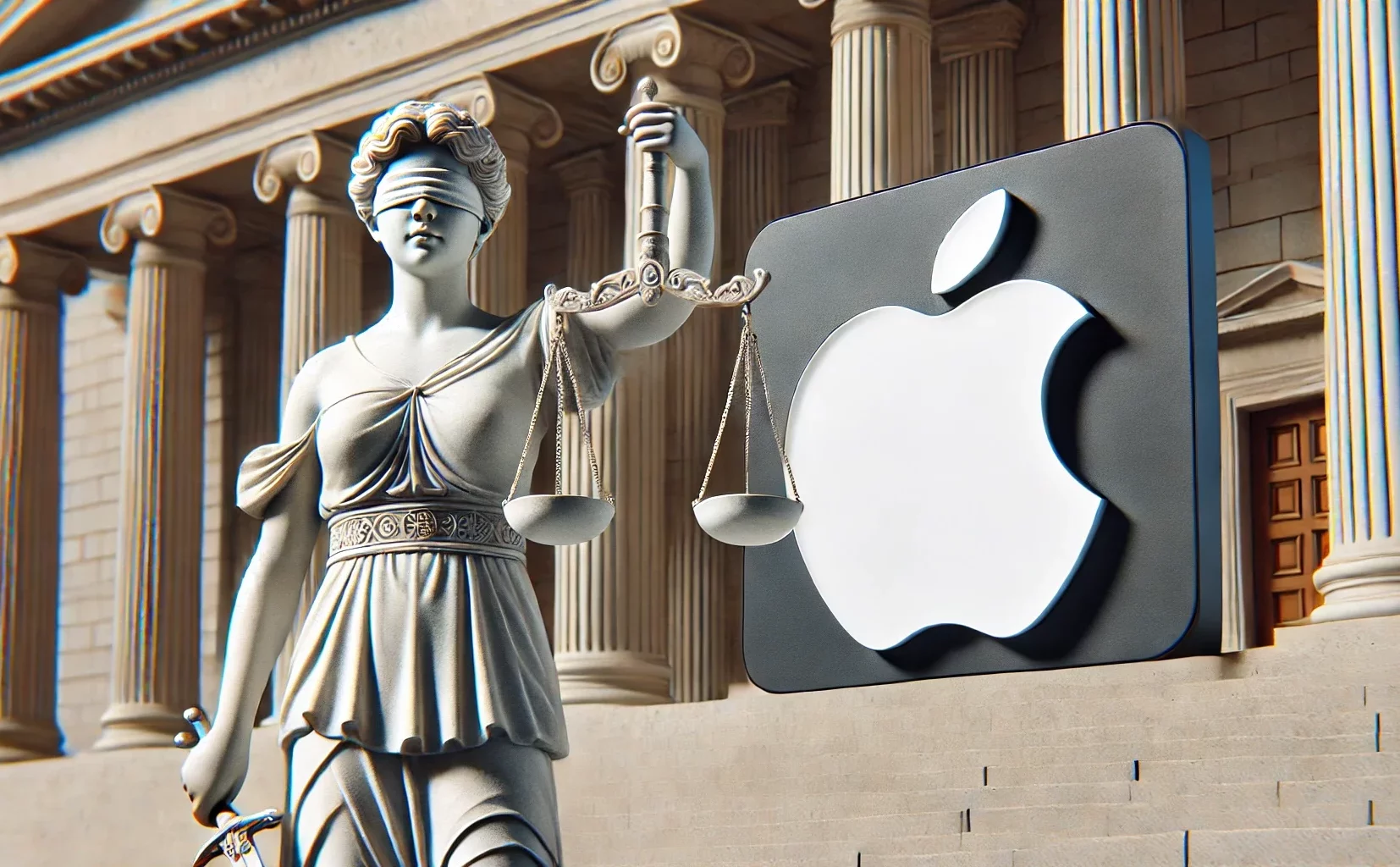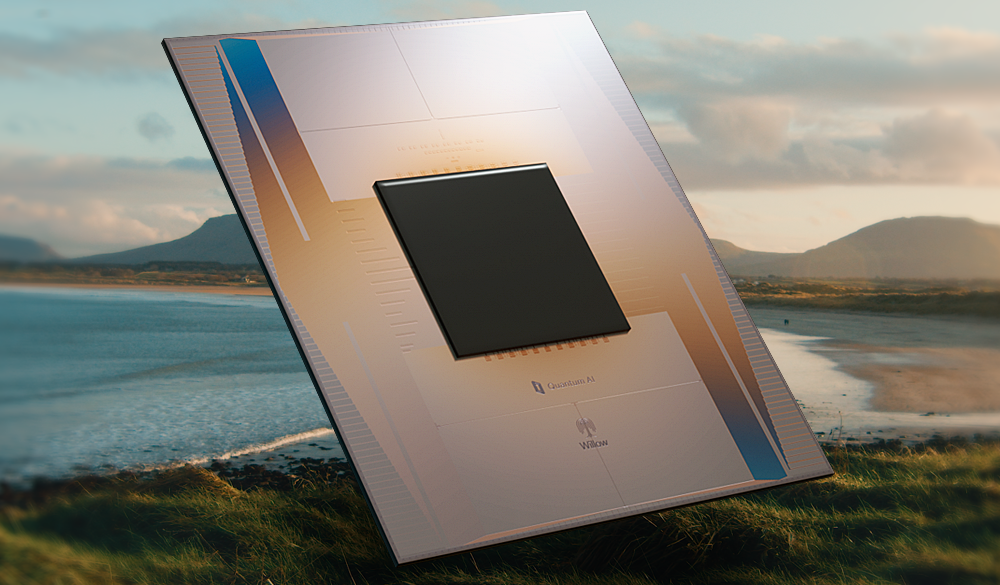The world of space travel is never short of drama, and the latest chapter unfolds with SpaceX once again stepping in to save the day. NASA and SpaceX successfully launched the Crew-10 mission on March 14, 2025, marking another milestone in human spaceflight. However, this wasn’t just another routine crew rotation; this mission is set to bring back two astronauts who have been unexpectedly stranded aboard the International Space Station (ISS) due to technical failures with Boeing’s Starliner spacecraft.
The Stranded Astronauts
NASA astronauts Suni Williams and Butch Wilmore have been on the ISS since June 2024. They were initially supposed to return aboard Boeing’s Starliner, but the spacecraft suffered multiple technical issues, including thruster malfunctions and helium leaks. These problems rendered the vehicle unsafe for re-entry, leaving the duo stuck in orbit far longer than planned.
Recognizing the urgency of the situation, NASA coordinated with SpaceX to include Williams and Wilmore in the Crew-10 mission plan. On March 14, SpaceX’s Falcon 9 rocket successfully lifted off from Kennedy Space Center in Florida, carrying a fresh team of astronauts to the ISS while preparing for the return of the stranded crew. The Crew-10 team consists of NASA astronauts Anne McClain and Nichole Ayers, Japan Aerospace Exploration Agency (JAXA) astronaut Takuya Onishi, and Roscosmos cosmonaut Kirill Peskov.
Docking with the ISS is scheduled for March 15, and following the crew swap, Williams and Wilmore are expected to return to Earth aboard the already docked SpaceX Dragon capsule on March 19.
Boeing’s Starliner Struggles

While Boeing has long been a major player in aerospace, the company’s struggles with Starliner are becoming a growing concern. The Starliner program has already faced multiple setbacks, including a botched 2019 uncrewed test flight and subsequent delays in development. This latest issue has further tarnished Boeing’s reputation in human spaceflight, especially when compared to SpaceX’s consistent track record of successful launches and recoveries.
SpaceX vs. Boeing
The ongoing issues with Starliner highlight a stark contrast between NASA’s two commercial partners. SpaceX, led by Elon Musk, has rapidly become NASA’s go-to choice for crewed missions, thanks to the proven reliability of its Dragon spacecraft. Boeing, on the other hand, is facing mounting pressure to resolve its technical shortcomings and restore confidence in its ability to deliver safe and dependable space transportation.
While Boeing engineers continue to work on fixing the Starliner’s issues, this latest incident raises the question: Can Boeing regain its footing in the commercial space race, or has SpaceX permanently cemented itself as NASA’s premier partner for human spaceflight?
Looking Forward
For now, the focus remains on Crew-10’s mission and the safe return of Williams and Wilmore. If all goes according to plan, this will be yet another testament to the reliability of SpaceX and a cautionary tale for Boeing. With NASA increasingly relying on private companies for space travel, the pressure is on for both giants to prove their worth.
One thing is certain: Space travel remains as unpredictable as ever, and while rockets may take us to the stars, competition and innovation will decide who truly leads the way.





